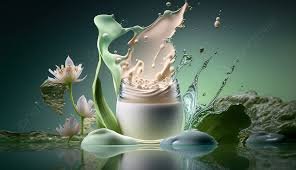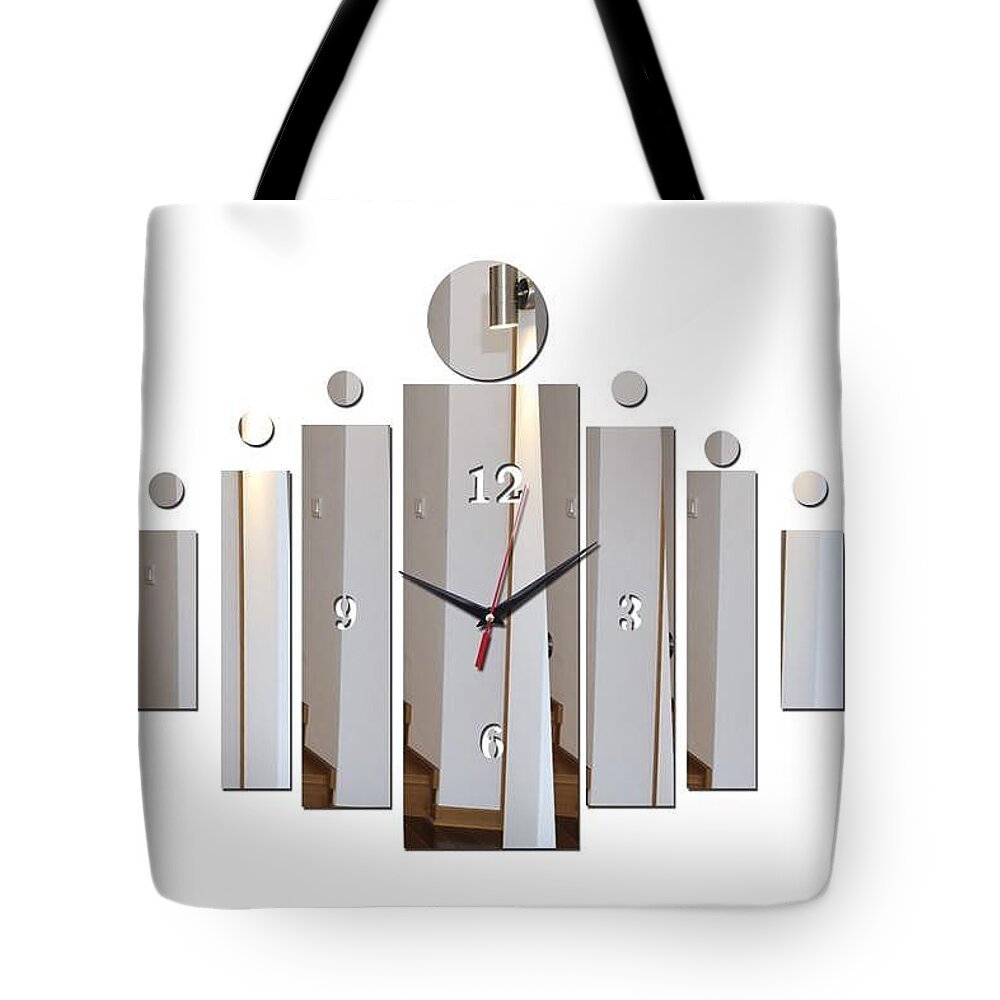Perfume and fragrance refer to aromatic compounds used to provide a pleasant scent. Here’s a breakdown of the concepts:
Perfume

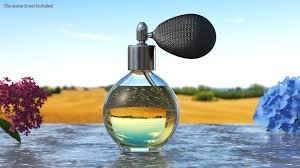
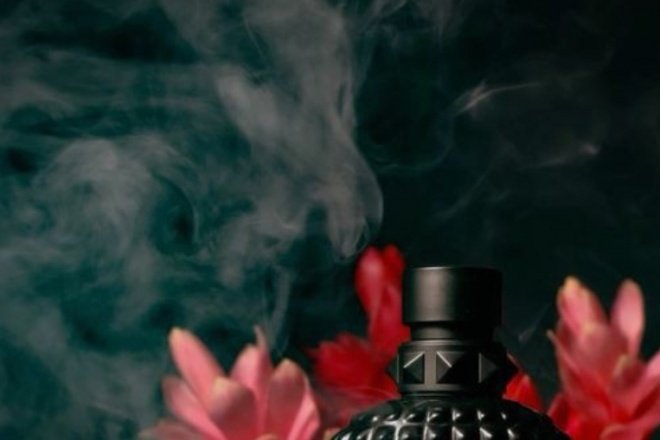
- Definition: A mixture of fragrant essential oils, aroma compounds, and solvents to create a pleasant scent.
- Types:
- Eau de Parfum: Contains 15-20% fragrance oils; stronger scent lasting about 4-8 hours.
- Eau de Toilette: Contains 5-15% fragrance oils; lighter scent lasting about 3-5 hours.
- Eau de Cologne: Contains 2-5% fragrance oils; very light scent lasting about 2-4 hours.
- Perfume Oil: Concentrated oils without alcohol; longer lasting, often used in smaller amounts.
Fragrance


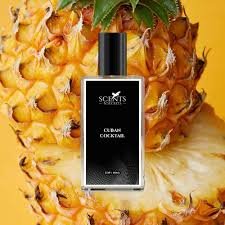
- Definition: A broader term that includes any pleasant scent, which can come from natural or synthetic sources. This term is often used interchangeably with perfume but can also refer to products that impart scent, such as candles, soaps, and air fresheners.
- Synthetic Fragrances: Many modern fragrances use synthetic compounds to create scents that may not exist in nature or to enhance durability and consistency.
- Natural Fragrances: Derived from plants, flowers, and spices. Essential oils are a common source.
Notes in Perfumes
- Top Notes: The initial scent perceived after application, typically light and evaporate quickly.
- Middle Notes: The heart of the fragrance that emerges after the top notes fade, lasting longer and providing the main character of the scent.
- Base Notes: The lasting scent that lingers after the middle notes fade, usually deeper and richer.
Choosing a Fragrance
When selecting a perfume or fragrance, consider factors like personal taste, occasion, and skin chemistry, as scents can react differently with different skin types. Testing fragrances on the skin, rather than on paper strips, is often recommended for the most accurate assessment.
If you have specific questions or need recommendations, feel free to ask!


